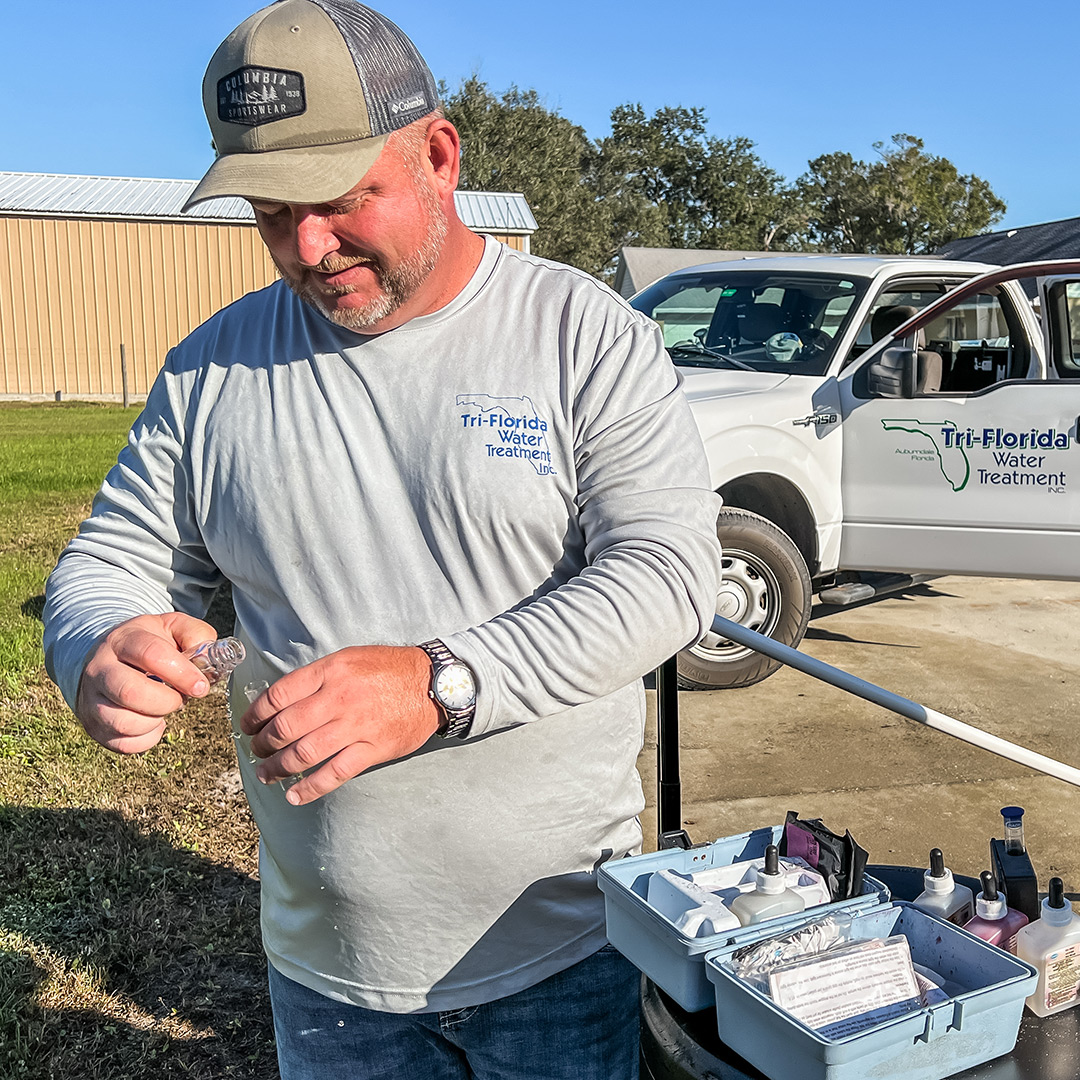What to Do About Contaminants Commonly Found in Public Drinking Water
The water that comes out of the faucets in your home has been through quite a lot before it reaches you. There’s the travel, starting as moisture in the sky, becoming rain, being collected and then finally channeled into your municipal water facility’s plant.

And there’s the contamination, which often happens to water in its travels. Tri-Florida Water Treatment of Auburndale, FL, would like to share a little about water contamination and how to combat it.
Accepted contaminant levels in municipal water
The Environmental Protection Agency has “Maximum Contaminant Levels” (MCLs) that govern how much bacteria, virus microorganisms and other pollutants may be present in public water supplies for the water to still be considered safe for drinking, cooking and bathing.
With everything water goes through to get from its original form into your home, it’s impossible for it to remain 100% pure. Municipal and other water providers go to great lengths to ensure that the water they send to their customers meets all acceptable contaminant levels as set down by the government. The question is, what is acceptable to you?
Types of contaminants
The list of potential water contaminants is long and includes many names most people aren’t familiar with and often can’t even pronounce. Known contaminants include physical, biological, radiological and chemical substances.
Here are some of the contaminants often found in tested household water.
- Pesticides
- Pharmaceuticals
- Legionella, the bacteria responsible for Legionnaires Disease
- Radon
- Cryptosporidium
- Phosphorus
- Nitrate and nitrogen
- Giardia
- Trihalomethanes
- Arsenic
- Radium
- Feces, including human and animal waste
- Coliforms
- Magnesium and calcium, which cause “hard” water
- E. coli
- Fluoride
- Copper, iron and lead
- Hepatitis A
- Salmonella
Now, before you run out and make sure your health insurance is up-to-date, remember: “acceptable” levels of these and other contaminants are very low, often microscopic.
It’s rare that you hear about anyone’s health being negatively affected by consuming EPA-approved municipal water. When you do hear about it, it’s usually because of a breach in the water-handling or water-transfer system, not because of acceptable contaminant levels.
How to improve the quality of your water
The best way to remove impurities from your household water is with a water filtration system. This can be as simple as a single unit that serves one faucet or as thorough as a whole-house water purification system.
Some water purifiers use charcoal as their cleaning method; others use reverse osmosis, which sends water through a membrane that traps contaminants.
 Benefits of treated water
Benefits of treated water
Water that has had its “natural” contaminants removed tastes better, which you’ll notice immediately. With calcium and magnesium removed, it doesn’t have that “hard” taste and won’t leave ugly spots on cookware and buildups around faucets and in pipes.
Purified water is gentler for bathing and less likely to cause skin and scalp irritations. It cleans better – not only our bodies but also our clothes in the washer.
Finally, water that’s free of bacteria, viruses and other contaminants will be better for your body and your overall health. The human body thrives on pure drinking water, and short of collecting rain in a barrel and drinking it immediately, a water purification system is the best way to get it.
Call for better water
Tri-Florida Water Treatment installs and services top-line reverse osmosis water purification systems. Let us show you how to dramatically improve the quality of the water throughout your home.
Give us a call, or get in through our contact form.
